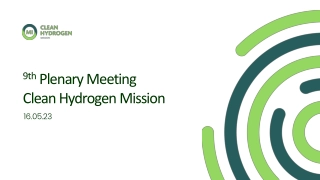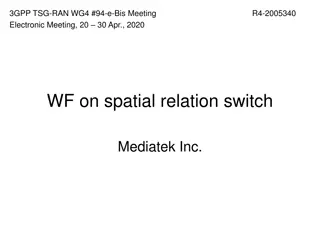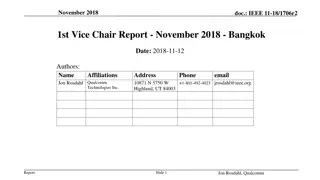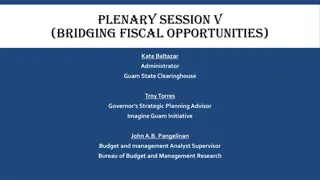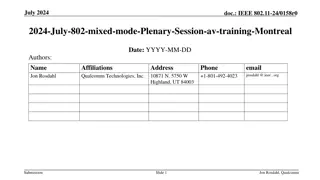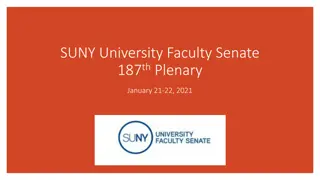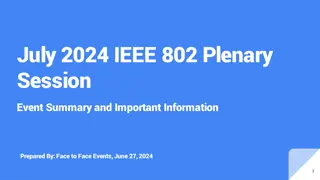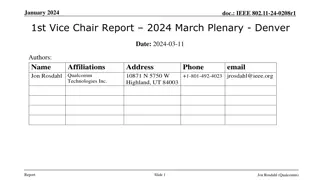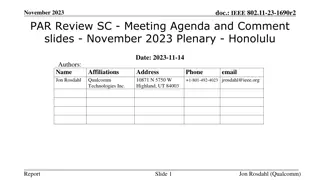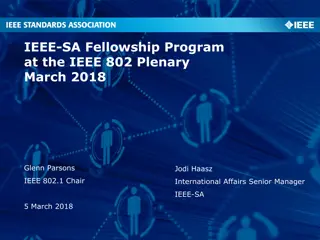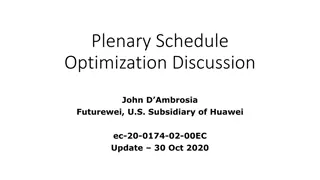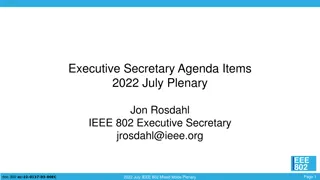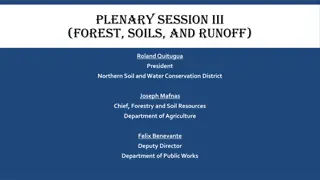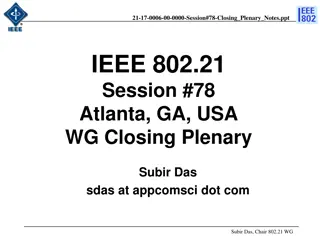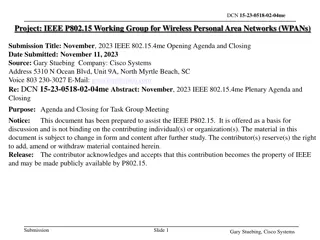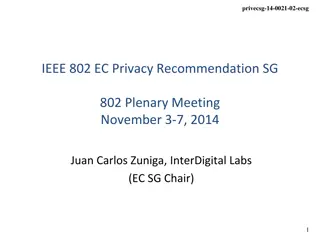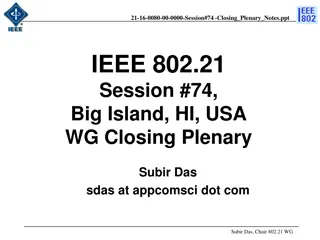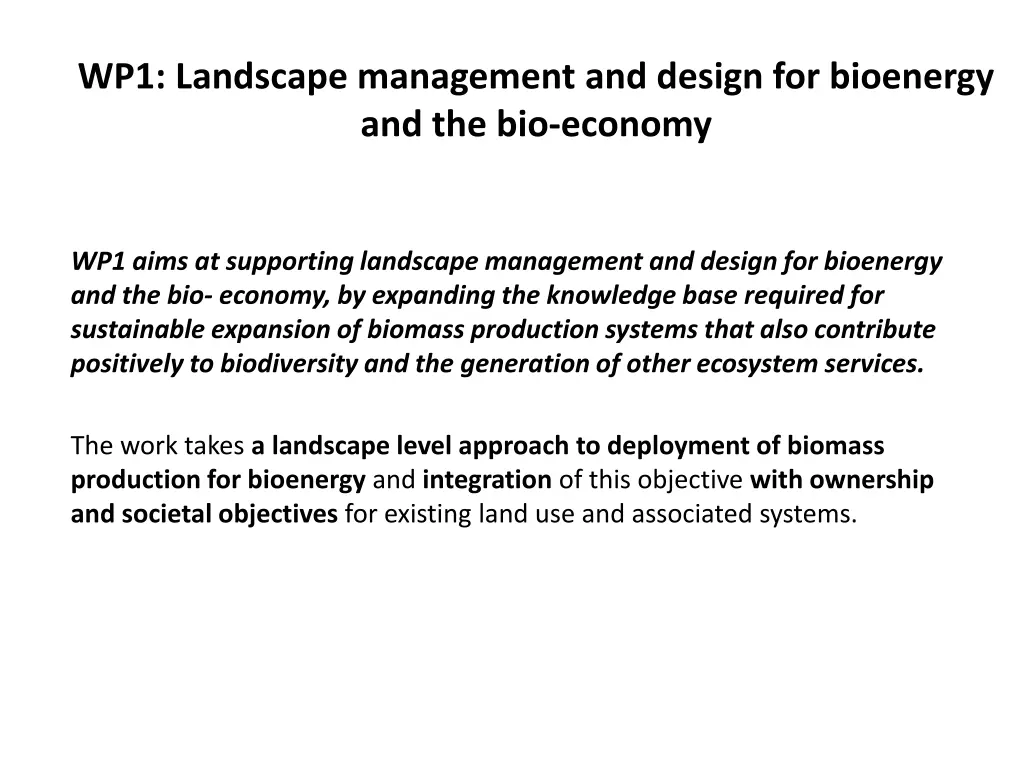
Sustainable Landscape Management for Bioenergy Expansion
Explore how landscape management and design can support sustainable bioenergy production, biodiversity conservation, and ecosystem services. Join workshops, contribute to research, and discover effective supply chains for bioenergy deployment.
Download Presentation

Please find below an Image/Link to download the presentation.
The content on the website is provided AS IS for your information and personal use only. It may not be sold, licensed, or shared on other websites without obtaining consent from the author. If you encounter any issues during the download, it is possible that the publisher has removed the file from their server.
You are allowed to download the files provided on this website for personal or commercial use, subject to the condition that they are used lawfully. All files are the property of their respective owners.
The content on the website is provided AS IS for your information and personal use only. It may not be sold, licensed, or shared on other websites without obtaining consent from the author.
E N D
Presentation Transcript
WP1: Landscape management and design for bioenergy and the bio-economy WP1 aims at supporting landscape management and design for bioenergy and the bio- economy, by expanding the knowledge base required for sustainable expansion of biomass production systems that also contribute positively to biodiversity and the generation of other ecosystem services. The work takes a landscape level approach to deployment of biomass production for bioenergy and integration of this objective with ownership and societal objectives for existing land use and associated systems.
WP1: Workshops and other events Workshop: Sustainable landscape management and design for food, bioenergy and biomaterials. March 15-16, G teborg, Sweden Workshop: The world needs more land use change. EUBCE, June 7, Amsterdam, The Netherlands. Workshop: Landscape Management and Design for Bioenergy and the Bioeconomy, September 21, Vancouver, Canada. Call for contributions: Landscape Management and Design for Bioenergy and the Bioeconomy, Winter 2017? Examples of Positive Bioenergy and Water Relationships February 2016 Workshop: Title TBC, Spring 2018, somewhere in Europe. Task 43 report Inter-Task reports IEA Bioenergy Conference 2018 Special Issue in suitable journal?
WP1: Activities and deliverables Atlas of attractive systems for bioenergy feedstock production in sustainably managed landscape - Biomass for Bioenergy on the Map - H2020 proposal: Magisc ToSIA as a tool for guiding bioenergy development case studies and synthesis - Thiffault & Schweinle - Additional Task 43 countries & European Forest Institute? - Linkages with inter-Task project Economic performance of biomass from sustainably managed landscapes - Brown & Berndes Optimising lignocellulosic energy crop cultivation in terms of socioeconomic and environmental sustainability - Dimitriou, Mola & Berndes Stakeholder perceptions on bioenergy feedstock production - Kulisic, Dimitriou, Mola & Busch SNAPP grant: bioenergy and ecosystem services - Dale, Kline & Berndes
WP1: Landscape management and design for bioenergy and the bio-economy WP2 Developing effective supply chains for sustainable bioenergy deployment Economic performance of biomass from sustainably managed landscapes WP3 Governing land use and bioenergy supply chains Advancement and assessment of governance addressing LUC impacts. ( iLUC free biomass : intensification and use of marginal/degraded land)
WP1: Landscape management and design for bioenergy and the bio-economy 1. Which are the most suitable areas for production and/or extraction of various biomass feedstocks? 2. How can biomass feedstock production systems be located, designed and managed to increase resource use efficiency, avoid/mitigate negative and promote positive environmental, economic, and social effects? 3. How can outcomes be optimized to meet the goals of individual stakeholders and society as a whole, including environmental, economic, and social goals? 4. How can analysis and assessment inform participatory processes engaging landowners, policy makers, and other stakeholders in further developing and re-defining goals and plans for landscape management and designs?
Questions What are the priorities and challenges with respect to ecosystem services in different countries and sectors? How can forestry and agriculture be driven to optimize provisioning of ecosystem services at a landscape level? What trade-offs may be necessary, and will these be the same in different countries? What are the effects of differences in governance between countries?


